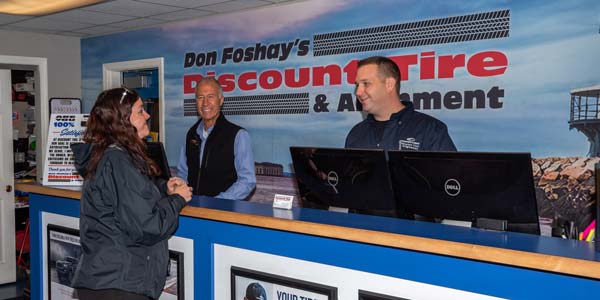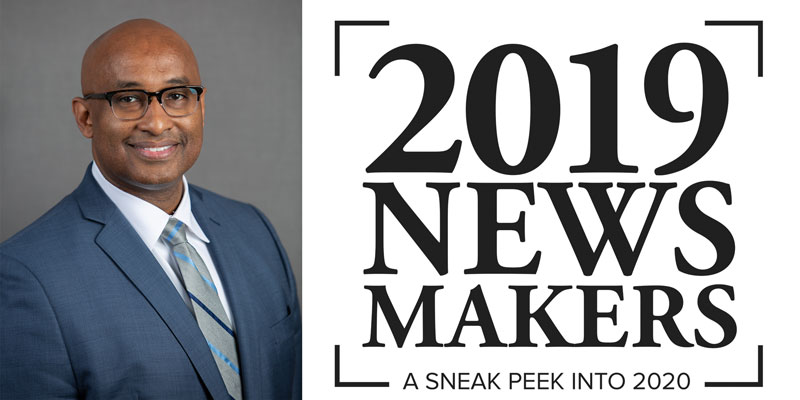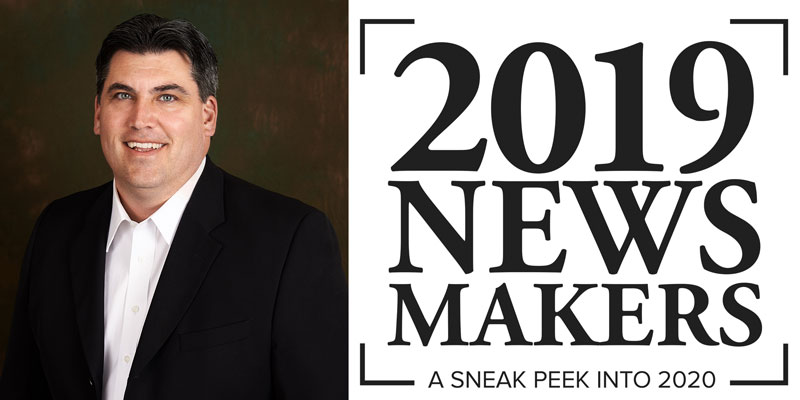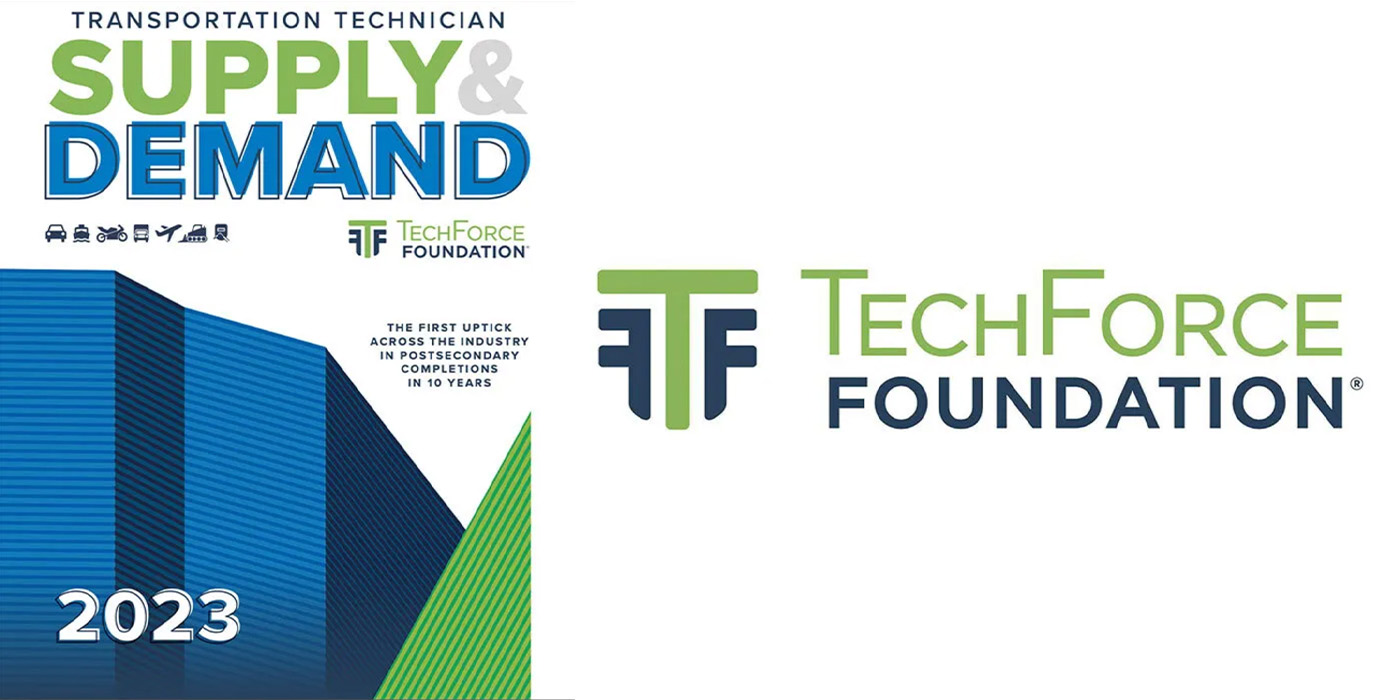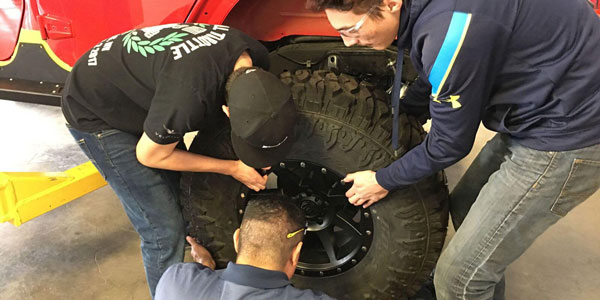
Within the automotive industry, it is a well-known fact that we are facing an ever-deepening crisis concerning the ability to sustain the size of our technician workforce. We cannot fill all of the open jobs we have today, and unless something changes with the current trend of new entrants into the field, it is unlikely that we will be able to fill them even in the next few years.
In its fall 2018 study, TechForce Foundation showed that demand for entry-level automotive technicians had peaked in 2018 and was projected to go down slightly beginning in 2019. You might ask why demand would be declining with the strong economy we are experiencing? The explanation begins with the 2008 recession when technicians were being laid off in droves. Once the economy bounced back, and technician demand increased again, those technicians who had been let go either found other jobs within the industry, changed industries completely or retired. This created a pent-up demand of unfilled positions that took years to fill. With that pent-up demand from the recession now filled, we are seeing a slight drop in demand as a result. However, there is little cause for celebration. According to TechForce projections, we are still looking at a demand for new entry-level automotive technicians in the range of 68,000 – 70,000 per year for the next few years.

If you look at the supply of entry-level technicians, it is difficult to pin down exact numbers. This is because there are several sources for new technicians who enter the industry. There are those applicants who come straight “off the street,” and those who come through high school shop programs, colleges and technical/vocational institutions, as well as career changers and veterans. There are no figures available for the majority of those categories. However, there is one category for which we do have reliable numbers. The U.S. Department of Education’s National Center for Education Statistics (NCES) gathers information from every college, university, and technical and vocational institution that participates in the federal student financial aid programs. Looking at the automotive technology/technician program completions, we see a slow, but steady, decline in the number of graduates from 2012 to the present. The number of graduates has gone from 40,600 to 37,400. Given the shortage we are experiencing, this trend is certainly not going in the right direction, especially knowing that not nearly all of those graduating from these programs will actually enter the industry.
With the “college for all” mentality that has been so pervasive in our country for decades now, and very little focus on skilled trades training and careers, we should not be surprised that many other industries also share the same problem with unfilled positions. Within the transportation industry, the diesel and collision segments are in desperate need of technicians, as well. Electricians, plumbers, HVAC techs, welders, construction workers and virtually every skilled trade you can think of are also at or near crisis levels when it comes to jobs begging to be filled.
As critical as the shortage of technicians is, the lack of adequate training in applicants is just as concerning. George Arrants, automotive education consultant and ASE Alliance manager for medium/heavy-duty trucks puts it this way: “We recently surveyed employers belonging to the American Trucking Associations Technology and Maintenance Council, and nearly 90% of them said what they were experiencing was not a shortage of applicants, but a shortage of qualified applicants.” So, while some employers may still have problems finding enough applicants, clearly the lack of training, certification and overall job preparedness is becoming a huge issue for many, and with good reason.
We are still looking at a demand for new entry-level automotive technicians in the range of 68,000-70,000 per year for the next few years, according to TechForce projections.
As much of a need as employers have for technicians to fill their empty stalls, they are also hesitant to bring on employees who lack the basic knowledge and skills for the role. The increasing complexity of vehicles is clearly the biggest factor here. With today’s vehicles, even the most basic of tasks usually requires some level of fundamental training and knowledge. And with the industry’s trajectory toward emerging technologies such as hybrids, high-voltage electrical systems, fuel cells and autonomous driving technologies, the prospects of personal injury, incorrect repairs and inadvertent damage to vehicle systems only increases, making the proper training and certifications that much more critical.
Organizations such as TechForce and others are working hard to spread the word, educating students, parents and influencers about the rewarding career opportunities available throughout the transportation industry. They are working to reposition the outdated image of a transportation technician, and help people understand how big the demand is, how good the wages are, and that these are jobs that will never be in danger of being outsourced. In the case of TechForce, it has built its website www.techforce.org as an online one-stop shopping center, where relevant articles, tools and resources can be found for all those with an interest in technician careers.
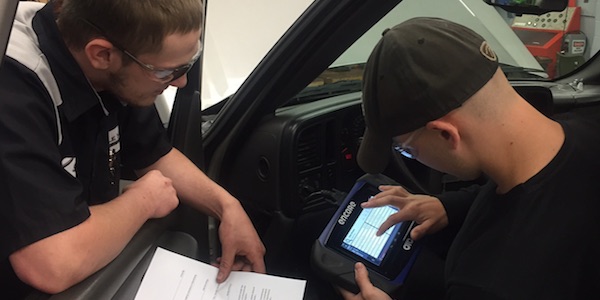
The goal was to gather as much information about technician careers together in one place as possible, eliminating the need to search all over the web, visiting numerous websites. Whether you are a student, parent, educator or in the industry, you will likely find information there that is relevant and useful. From the employer side, one resource that can be very helpful is TechForce’s marketing materials. For example, if you are a small- or medium-sized shop and you would like to host an open house or career fair, it is quite possible that you don’t know where to begin, and that you do not have an in-house marketing department to create flyers, brochures and signage for your event. On the TechForce site, you will find those types of marketing materials that can be downloaded for free, incorporating the messaging that is needed to educate parents, influencers and students around technician careers.
In addition, many industry associations and organizations are working hard to address the issue of lack of training that employers are experiencing with new applicants. That message has come across from employers loud and clear. These organizations are spreading the word about the necessity for technical education to prepare those who want to enter the industry, explaining that with the increased technical complexity of today’s vehicles, the bar has been raised. They are championing technical education as a road to success, and as a very viable alternative to the four-year college. This is a story that has seldom been told to young men and women in recent years, but that is changing, even in political arenas and educational systems. It is absolutely critical to get this message out if our industry expects to solve the technician shortage. Students, parents and influencers need to know that there is a respectable and lucrative career available to those who approach it professionally. It starts with fundamental training to prepare them for success in an entry-level position and continues with intermediate and advanced training, testing and certification.
Students, parents and influencers need to know that there is a respectable and lucrative career [in the auto repair industry] available to those who approach it professionally.
The National Institute of Automotive Service Excellence (ASE) is the de-facto industry standard when it comes to technician certification. It begins at the student level, with ASE Entry-Level Certification and continues up to Master status, the most difficult to achieve, as well as the most respected level. Organizations such as the National Automotive Service Task Force (NASTF), with “The Road To Great Technicians” project are building out a technical training and competency framework for each developmental level of the technician career cycle, beginning with entry level technicians. Beyond the technical training arena, other organizations provide additional training offerings, focusing on soft skills and specialized training. Companies such as S/P2 provide environmental, human resources, ethics and safety training, while CCAR provides DOT HazMat and OSHA training. For technicians who are serious about their professional career, training and certifications are multi-faceted, ongoing and an integral part of life-long learning.
The more we do to spread this message, the more qualified our entry-level technicians will become and the higher likelihood that they will develop into valuable, skilled employees in our nation’s shops.





